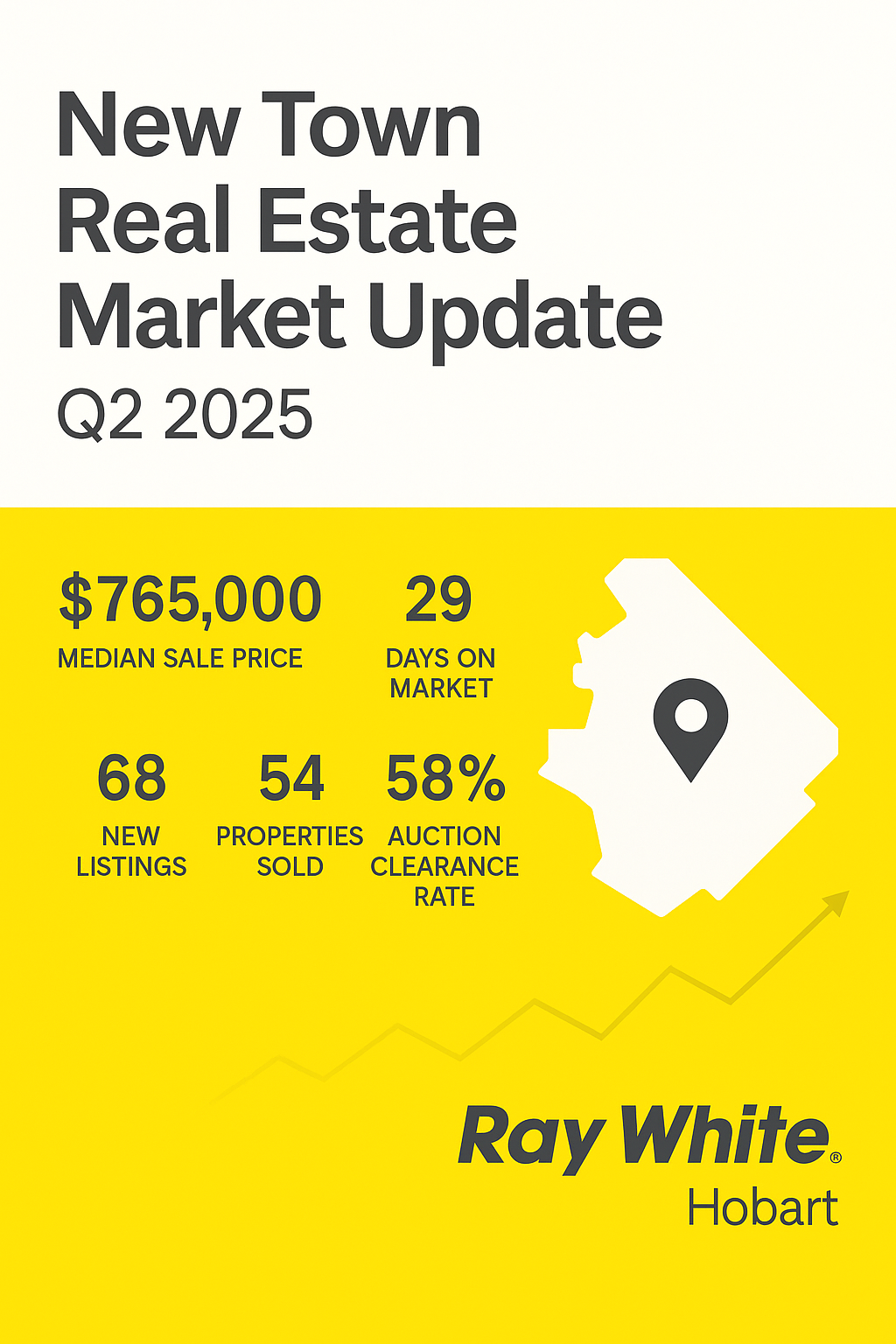How Do I Know If a Property Is a Good Investment?
Property Investing Tasmania
A Local’s Guide to the Hobart and Tasmanian Market
Investing in property is one of Australia’s most trusted pathways to long-term wealth. But the real question isn’t just should you invest — it’s where and what to invest in. And if you're looking at Hobart or wider Tasmania, you're not alone. This pocket of the market has seen exceptional growth, and for many savvy investors, it’s still flying under the radar nationally.
So how do you know if a property is a good investment? Here’s what to consider — with a Tasmanian twist.
1. Look at the Market’s Track Record
Over the past decade, Hobart has gone from “quiet achiever” to one of Australia’s strongest-performing capital cities. According to CoreLogic, Hobart experienced:
- Over 90% price growth between 2013 and 2021
- Rental yields that consistently outperformed Sydney and Melbourne
- Lower entry prices compared to mainland capitals
This strong capital growth was fuelled by:
- Affordable prices (relative to other states)
- Rising mainland migration
- Tight rental supply
- Limited new housing stock due to planning and geography
Even after the nationwide correction in 2022–2023, Hobart has remained resilient, particularly in well-located, character-rich suburbs like Battery Point, Lenah Valley, and Sandy Bay.
2. Evaluate Rental Yield and Demand
In Hobart, rental demand is strong — driven by students, interstate relocators, and a tight housing supply. A good investment property will:
- Return a gross rental yield of 4–6% or more
- Be located near transport, schools, and shopping centres
- Appeal to stable, long-term tenants (professionals, families, retirees)
Tools like Pricefinder, CoreLogic or the Tasmanian Government’s Rental Insights reports can help you benchmark local rents and vacancy rates.
3. Location, Location, Lifestyle
In Tasmania, lifestyle is the biggest value driver. Look for:
- Proximity to Hobart CBD or waterfront
- Walkability to shops, cafés, schools
- Suburbs with strong community appeal (like New Town, Mount Stuart, or South Hobart)
Also watch for infrastructure projects or new development corridors (like the Northern Suburbs Transit Corridor) which could lift future demand.
4. Property Type Matters
Not all properties are equal in their investment potential. In Hobart, freestanding homes on decent land have shown the most consistent growth. Units and townhouses can still perform, but be cautious of:
- Overdevelopment in some pockets
- High strata or maintenance costs
- Limited land value component
Investors also favour properties with renovation potential — especially those with strong street appeal and the ability to add value over time.
5. Understand the Market Cycle
Like all property markets, Tasmania moves in cycles. After a strong upswing, Hobart has entered a stabilisation phase — which can actually be a smart time to buy:
- Less competition = better negotiation opportunities
- Stable interest rates = clearer cash flow projections
- Upside potential when the next growth phase returns
Savvy investors look for value buys in strong-performing suburbs, even when the headlines go quiet.
6. Crunch the Numbers
A good investment isn’t just about price — it’s about performance. Run the numbers:
- Purchase price
- Stamp duty & upfront costs
- Expected rent
- Ongoing maintenance/insurance/strata
- Potential tax benefits (e.g. depreciation)
Use this to calculate net yield, cash flow, and long-term ROI.
7. Speak to a Local Expert
Every suburb, every street, and every property type behaves differently. An agent who knows the local market can help you:
- Identify properties with growth potential
- Avoid overvalued or underperforming assets
- Understand which suburbs are attracting the most buyer interest
Final Thoughts
Hobart still offers rare investment opportunities — solid returns, strong lifestyle appeal, and properties with long-term growth upside. But the key is to be selective.
If you’d like a tailored investment appraisal, a suburb report, or just an honest chat about what’s working in today’s market, I’d be happy to help.
Click here to request a free
Property Investor Guide








